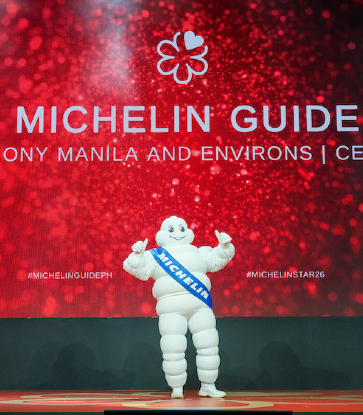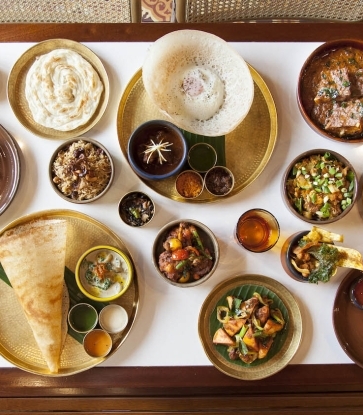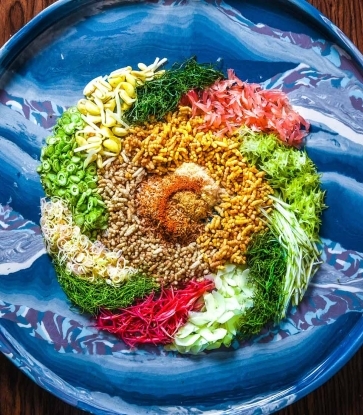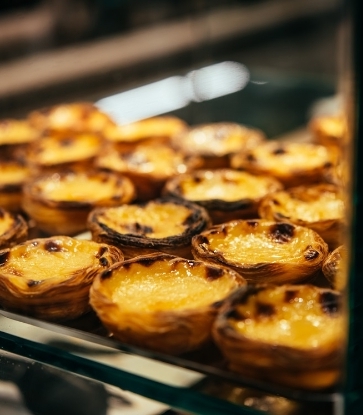At first glance, sauces might seem like an afterthought in Cantonese cuisine — until you realize they’re actually doing all the work. While other culinary traditions rely on bold spices or fiery heat, Cantonese cooking achieves a lot of its remarkable depth through something far more subtle: the masterful application of sauces.
These sauces represent generations of refinement — tools for balancing the yin and yang of flavors, transforming humble ingredients into harmonious dishes. From pantry staples to luxurious tableside accompaniments, here are 10 essential sauces that no Cantonese kitchen should be without — each with its own distinct purpose and personality.
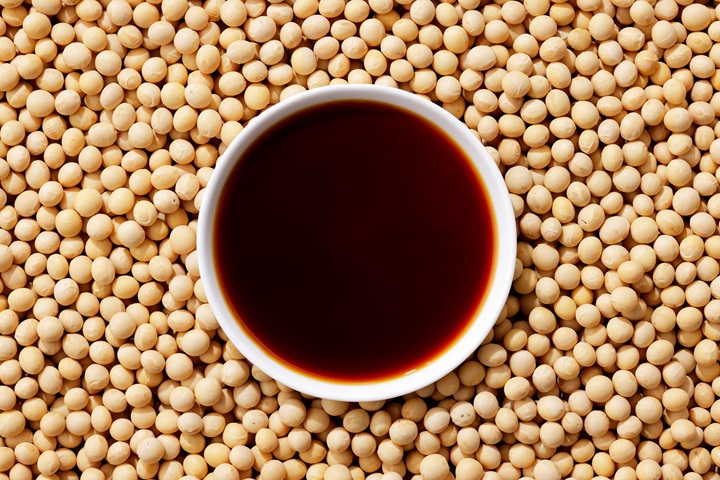
1. Soy sauce
Though not necessarily invented in Guangdong, soy sauce is ubiquitous in Cantonese cuisine. Its origins date back over 2,000 years to the Western Han Dynasty, made primarily from soybeans, wheat, salt and a fermenting agent like Aspergillus mold. Soy sauce comes in two main varieties in Cantonese cooking: light and dark. Light soy sauce is the all-purpose, everyday staple, while dark soy sauce adds color and depth, especially to braised dishes. In terms of taste, light soy sauce is salty with a thin consistency, whereas dark soy sauce is thicker, sweeter and molasses-like in both color and texture. Sometimes, seasoned soy sauce — with a light, dark or mixed base — is used for classics like Cantonese-style steamed fish or soy-sauce-smoked chicken.RELATED: The Secrets Of Soy Sauce
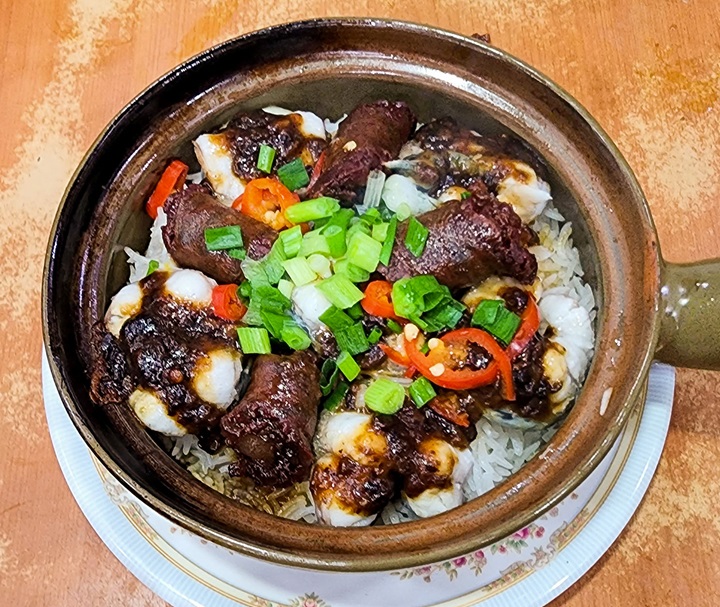
A dish where soy sauce truly shines is Kwan Kee Clay Pot Rice (Queen's Road West) (Bib Gourmand, MICHELIN Guide Hong Kong & Macau 2025). The soy sauce drizzled over the rice is Chef Lam’s secret recipe, personally crafted with Chinese preserved meat skin. For a taste of premium “first-draw” soy sauce (akin to “first-press” olive oil), try the lard rice at Tai Wing Wah (Bib Gourmand, MICHELIN Guide Hong Kong & Macau 2025), a Cantonese classic where simplicity speaks volumes.
Further Reading: What Makes The Perfect Claypot Rice, According To Hong Kong's Top Chefs
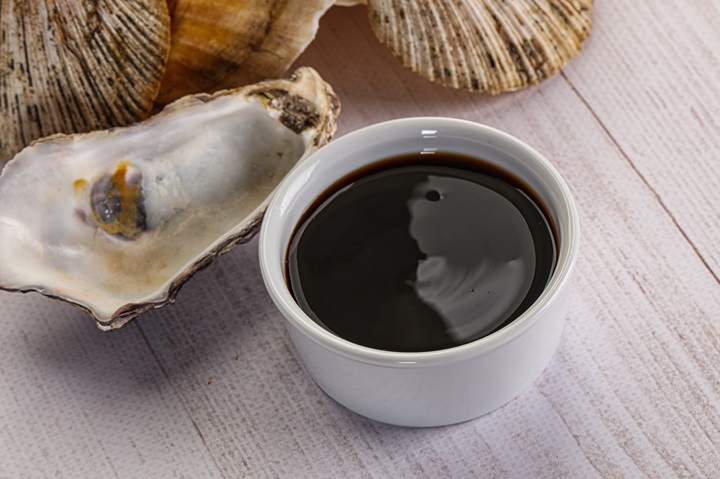
2. Oyster sauce
Many great inventions happen by accident — and oyster sauce is no exception. Though as essential as soy sauce in a Cantonese pantry, oyster sauce wasn’t invented until 1888. The story goes that Mr. Lee Kum Sheung, a restaurateur from southern China, left a pot of oyster soup simmering until it reduced into a thick, savory gravy. The happy accident led him to found Lee Kum Kee, now one of the world’s largest food companies, supplying pantry staples to millions of restaurants globally.
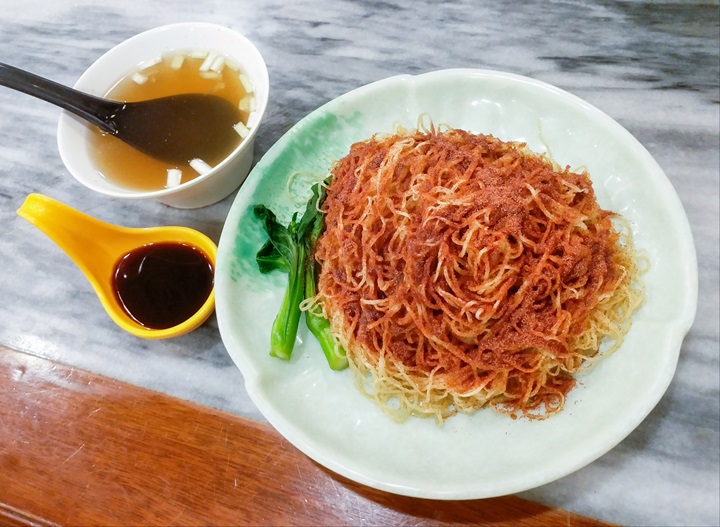
Modern oyster sauce is made from oyster extract, water, salt, sugar, cornstarch and wheat flour. It’s used both as a dip (most famously for boiled vegetables at noodle shops) and in nearly every stir-fry. To taste oyster sauce in its purest form, don’t miss the signature noodles tossed in shrimp roe and oyster sauce at Kwan Kee Bamboo Noodles (Bib Gourmand, MICHELIN Guide Hong Kong & Macau 2025).
RELATED: Best Wonton Noodles In Hong Kong
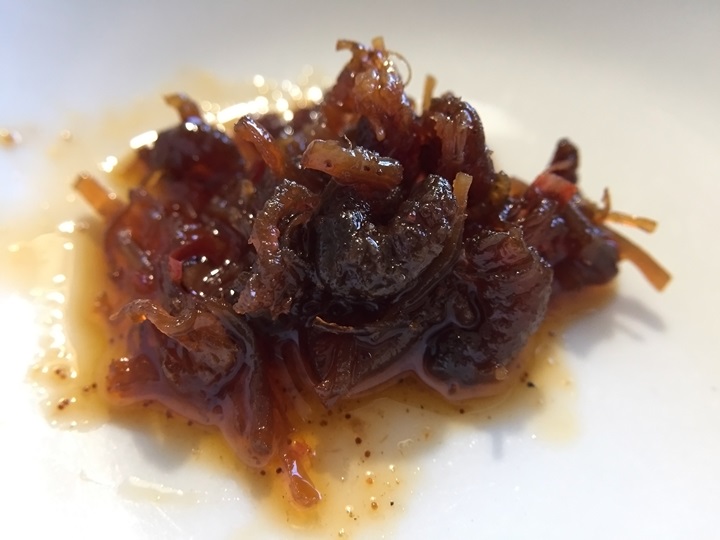
3. XO sauce
XO sauce is another condiment with a storied history — and it’s entirely homegrown in Hong Kong. Born in the 1980s, XO sauce has several origin stories. One account attributes its creation to Spring Moon at The Peninsula Hong Kong (One MICHELIN Star, MICHELIN Guide Hong Kong & Macau 2025), where it was reportedly first served as a complimentary tableside condiment. Its unusual name is borrowed from XO (extra-old) cognac, a chic and expensive liquor popular in Hong Kong at the time — a fitting reference for a sauce made with premium, high-quality ingredients.
Today, you can still taste the original XO sauce at Spring Moon or even take a jar home as a souvenir. In Macau, the sauce is often served tableside and features in dishes like wok-fried sea limpets and asparagus in XO sauce at Wing Lei (Two MICHELIN Stars, MICHELIN Guide Hong Kong & Macau 2025).
RELATED: Best Cantonese Restaurants in Macau
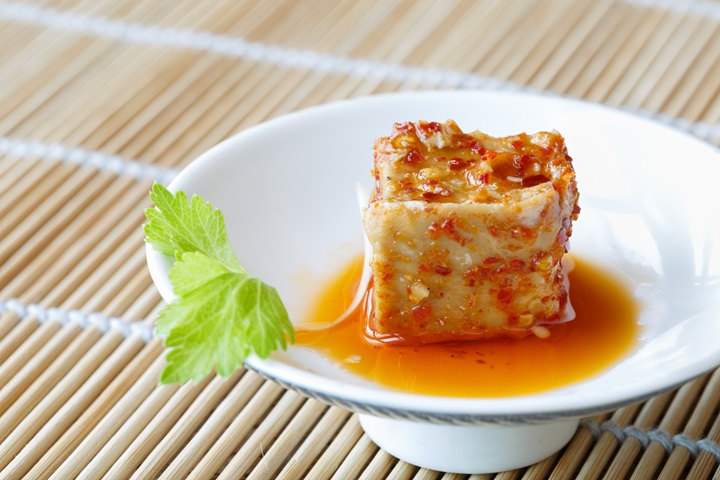
4. White fermented bean curd sauce
While tofu’s invention is credited to Prince Liu An (179–122 BC) in Anhui province, the origins of fermented bean curd remain more mysterious — likely born from the practical need to preserve tofu. Through a month-long alchemy of salt, rice wine and beneficial molds, firm tofu transforms into creamy, umami-rich cubes. What began as simple preservation evolved into one of Cantonese cuisine’s most distinctive flavor enhancers, particularly cherished in Guangdong’s humid climate.
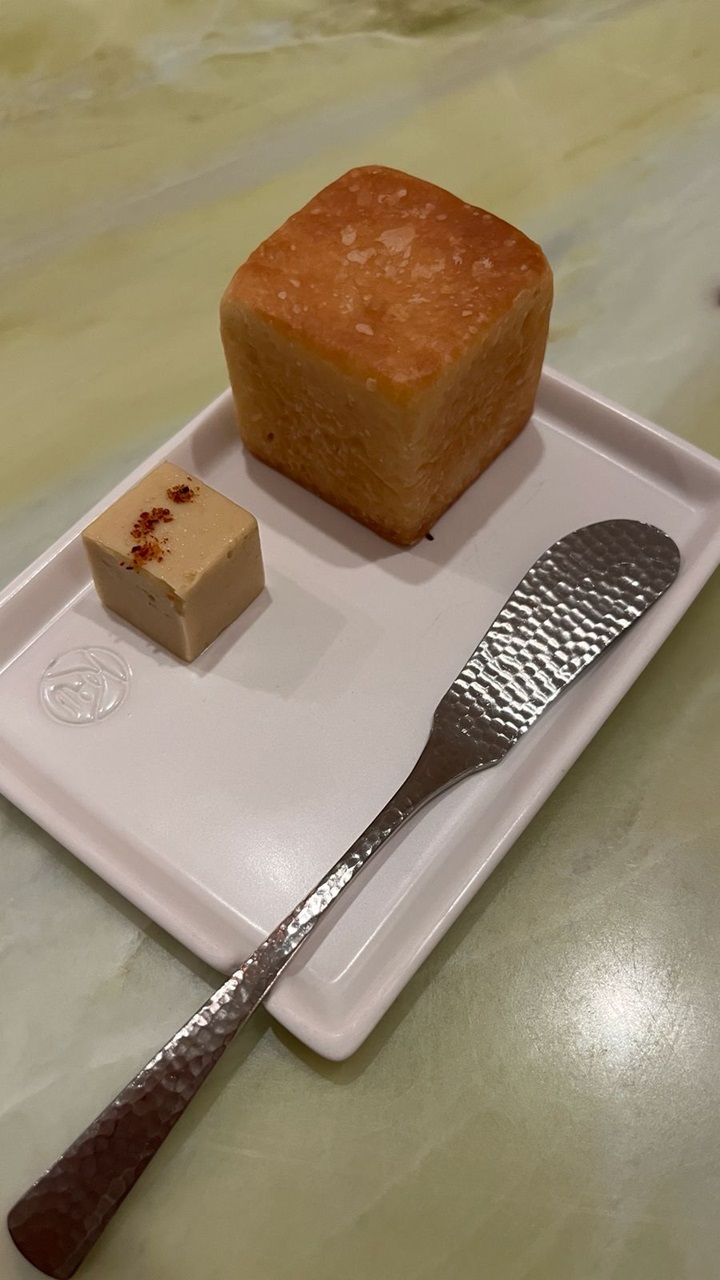
Often called “vegetarian cheese” for its funky, savory depth, fermented bean curd is a Cantonese kitchen staple. Local restaurants typically offer leafy greens prepared three ways: with salt, garlic or white fermented bean curd. For an elevated take on this humble ingredient, Tate (Two MICHELIN Stars, MICHELIN Guide Hong Kong & Macau 2025) serves an innovative brioche with fermented bean curd butter (right image ©Mikka Wee) .
RELATED: Video: Her Kitchen: Tate Dining Room
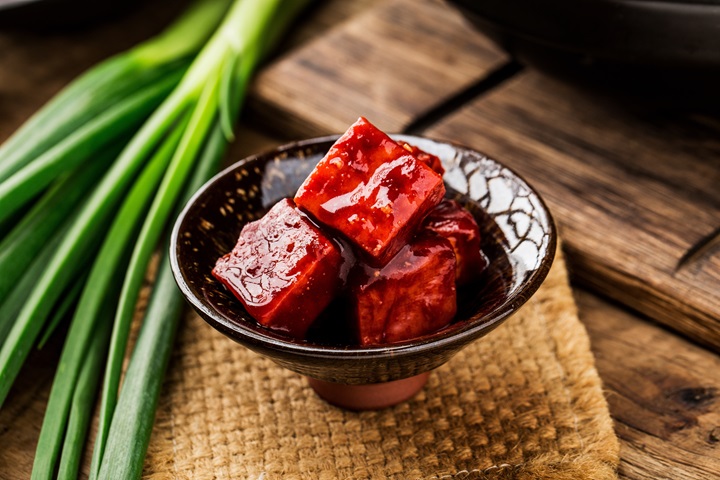
5. Red fermented bean curd sauce
Like its white counterpart, red fermented bean curd traces its roots to ancient preservation techniques — but with a twist. The addition of red yeast rice (cultivated with monascus purpureus mold) gives this variety its signature crimson hue and deeper umami character. Where white bean curd offers subtle funk, the red version delivers a bolder, rice wine-forward taste that stands up to hearty braised meats. The sauce is most commonly associated with the “Buddha’s Delight” dish (braised assorted vegetables with red fermented bean curd) eaten during Lunar New Year.RELATED: Lucky Lunar New Year Recipes from MICHELIN-Starred Restaurant Chefs
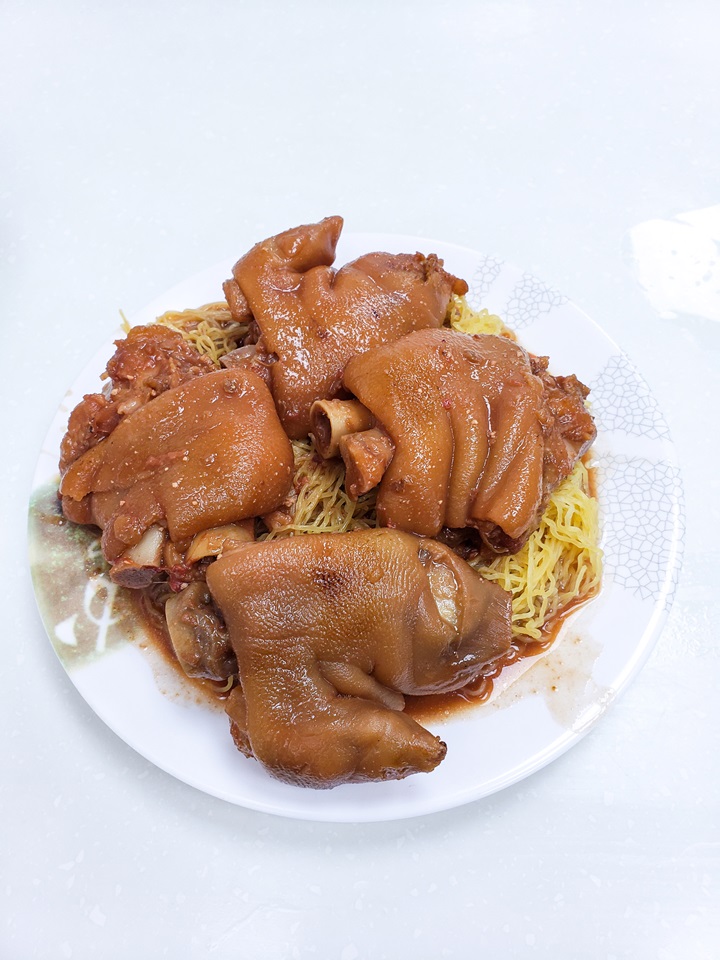
Try red fermented bean curd sauce in dry or soup noodles with pork knuckles braised in red fermented bean curd sauce at Mak Man Kee (Bib Gourmand, MICHELIN Guide Hong Kong & Macau 2025) (left image ©MICHELIN).
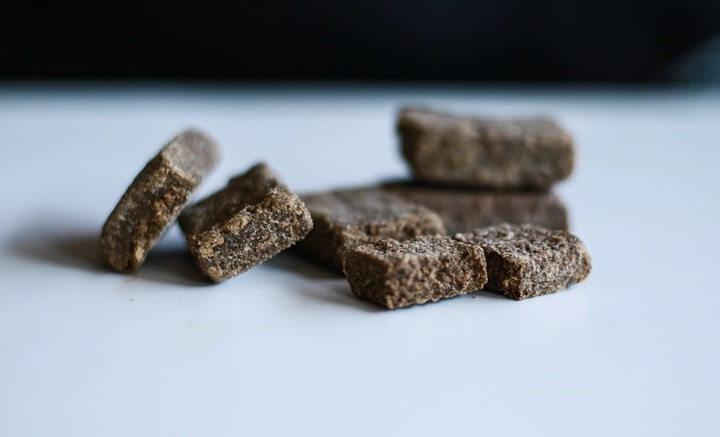
6. Shrimp paste sauce
The earliest recorded mention of shrimp paste appears in an ancient Malayo-Polynesian text from Java (modern-day Indonesia), known as trasi, Highly valued in regional trade, this fermented condiment spread across maritime Southeast Asia and inspired local variations.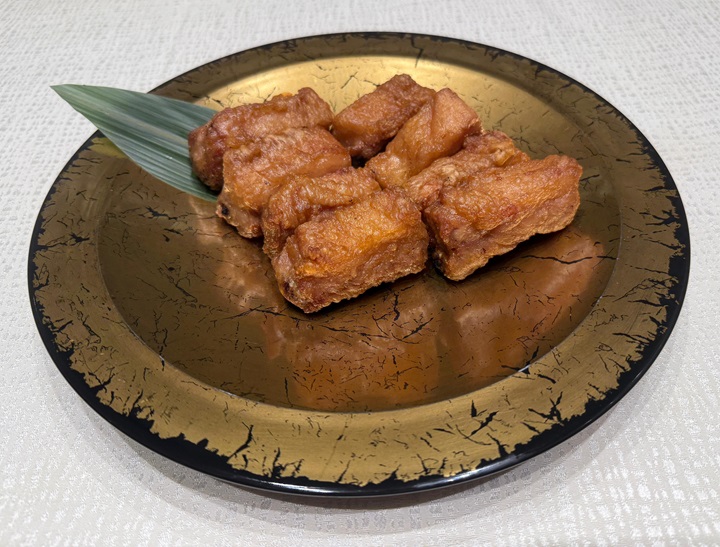
In Hong Kong, shrimp paste has deep roots in Cantonese cuisine, particularly in the fishing village of Tai O, where local shrimp were once abundant. Traditionally made from krill or silver shrimp, the paste undergoes salting, crushing, fermentation, sun-drying and grinding. Once a thriving industry with multiple factories, Tai O’s shrimp paste production has dwindled due to factors like the trawling ban and shifting fishing practices. For a taste of Tai O’s version, try the classic roasted spare-ribs with Tai O shrimp paste at Forum (Three MICHELIN Stars, MICHELIN Guide Hong Kong & Macau 2025).
For an intriguing contrast, sample Macau’s balichão — a Macanese shrimp paste infused with cloves, peppercorns, bay leaves, lemon wedges, Portuguese brandy or rice wine, and chili. A standout dish featuring this ingredient is the cabbage roll with pork, tomato and Macanese shrimp paste at UTM Educational Restaurant (Bib Gourmand and MICHELIN Green Star, MICHELIN Guide Hong Kong & Macau 2025).
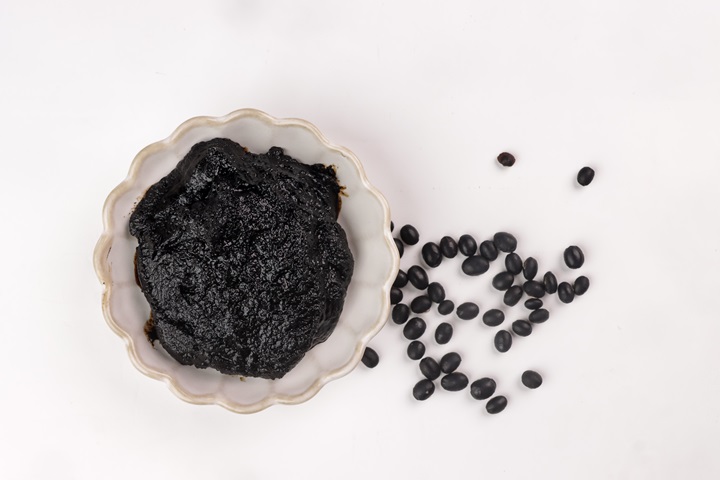
7. Black bean sauce
Fermented black beans have seasoned Chinese cuisine since the Han Dynasty (206 BC–220 AD), when salt-preserved legumes became a shelf-stable protein source. This classic Cantonese sauce combines these intensely savory beans with garlic, ginger, soy sauce and often a splash of Shaoxing wine.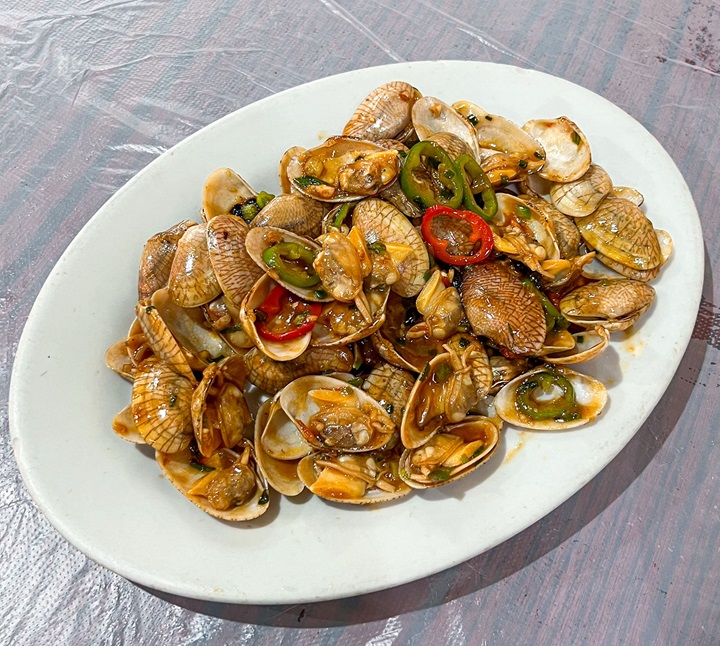
This versatile condiment shines brightest when paired with seafood. At Chan Seng Kei (Bib Gourmand, MICHELIN Guide Hong Kong & Macau 2025), their stir-fried clams with black bean sauce demand an extra bowl of rice to mop up every last drop of the fragrant liquid. For an elevated take, try the steamed lobster dumpling with vegetables and black bean sauce at Lung King Heen (Two MICHELIN Stars, MICHELIN Guide Hong Kong & Macau 2025).
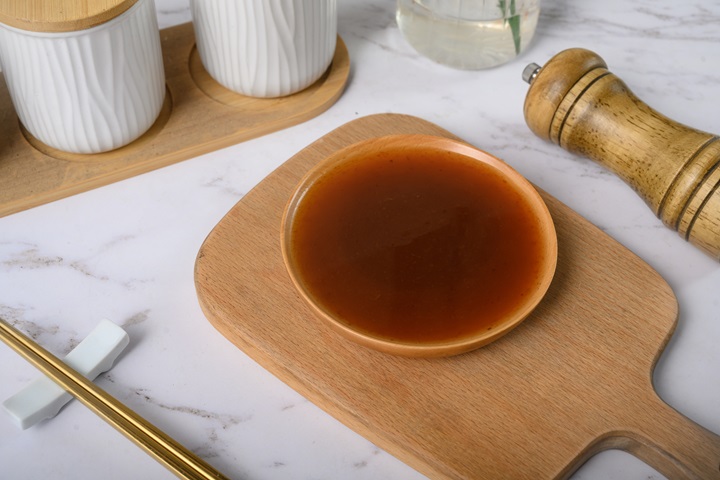
8. Plum sauce
Plum sauce traces its origins to Tang Dynasty (618–907 CE) preservation methods, when salt-pickled plums were used to extend fruit harvests. The traditional Cantonese version combines preserved yellow plums, rice vinegar, rock sugar and ginger, though some variations incorporate apricots, peaches or pineapple. In Cantonese American restaurants, it's sometimes referred to as “duck sauce.”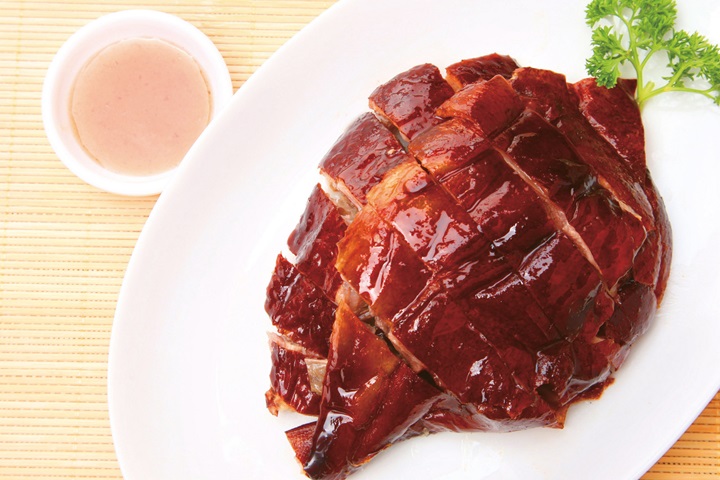
This sweet-tart condiment serves two vital roles in Cantonese cuisine: cutting through the richness of roasted meats and balancing oily seafood. At Kam’s Roast Goose (One MICHELIN Star, MICHELIN Guide Hong Kong & Macau 2025), their house-made version accompanies the signature dish, while Ying Jee Club (Two MICHELIN Stars, MICHELIN Guide Hong Kong & Macau 2025) demonstrates its versatility with steamed flower crab with garlic and plum sauce.
RELATED: The Most Affordable MICHELIN Starred Restaurants in Hong Kong
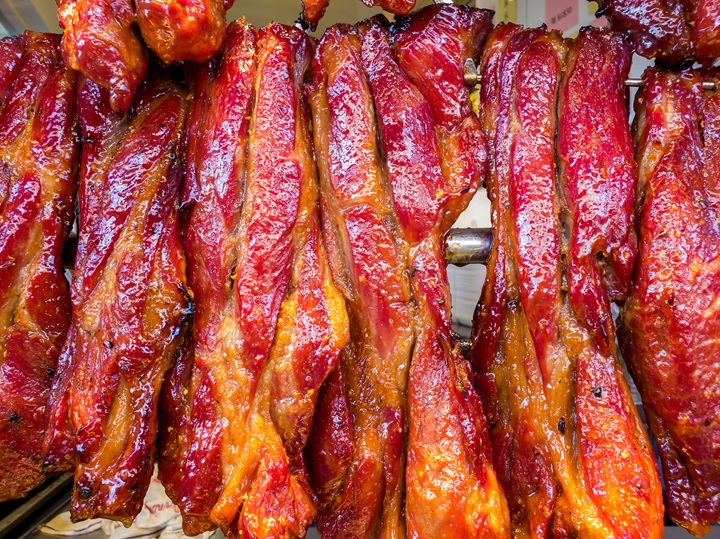
9. Char siu sauce
Char siu sauce traces its origins to ancient Chinese preservation techniques dating back over 3,000 years, where skewered meats were roasted over open flames — a practice later refined in Guangdong province. The term “char siu” literally means “fork-roasted,” referencing the traditional method of cooking pork on long forks.RELATED: The Evolution of Char Siu: A Timeless Delicacy Across Generations
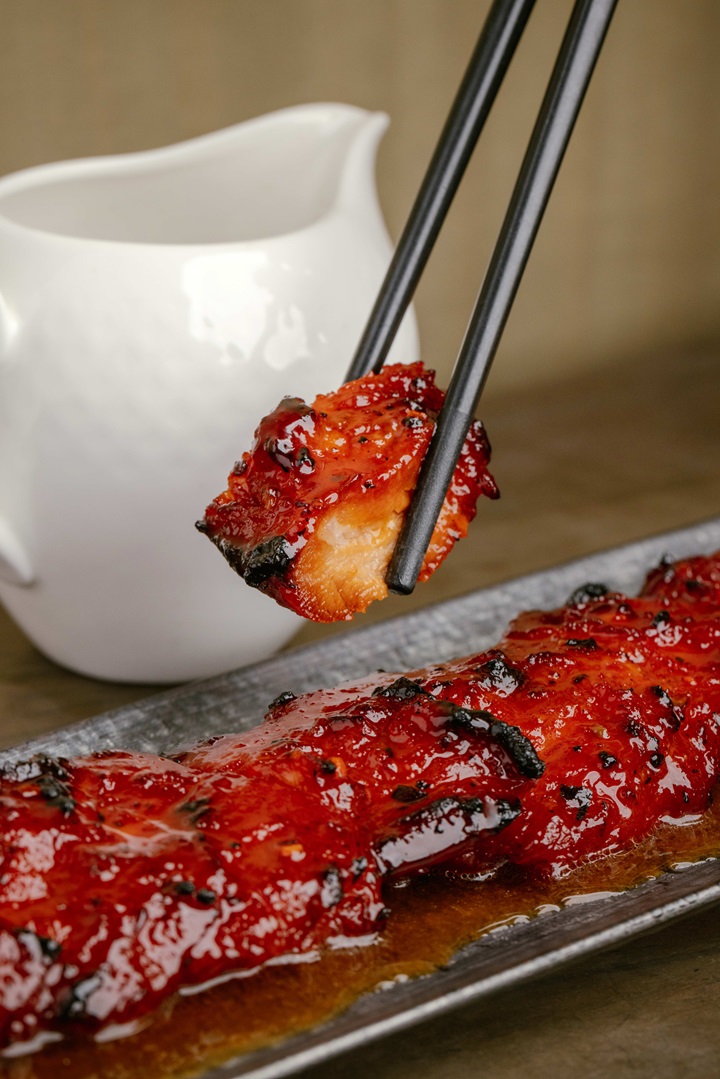
Char siu sauce — more accurately a glaze — is the glossy, sweet-savory lacquer applied to pork in the process of making char siu. While commercial versions exist, elite kitchens often craft their own blends, tweaking ratios for depth or acidity. At Rùn (Two MICHELIN Stars, MICHELIN Guide Hong Kong & Macau 2025), their barbecued Ibérico pork is repeatedly basted with a house-made blend of fermented black beans, ground bean sauce, red fermented bean curd, peanut butter, oyster sauce, light soy sauce and sugar, building layers of flavor that caramelize during roasting into a mahogany crust. (left image © Rùn)
RELATED: Best Char Siu in Hong Kong
10. Chu Hou sauce
Chu Hou sauce traces its roots to Foshan, Guangdong, during the Qing Dynasty. Legend attributes its invention to Mr. Leung, a chef and sauce-maker who operated a restaurant near Zumiao Temple. His experimental blends of fermented soybeans, garlic and spices became so popular that the sauce was named after him — “Chu Hou” derives from his given name. Originally, it was a preservative paste made from fermented soybeans, flour and salt, later enhanced with ingredients like sesame paste, sugar, garlic, ginger and five-spice powder for complexity.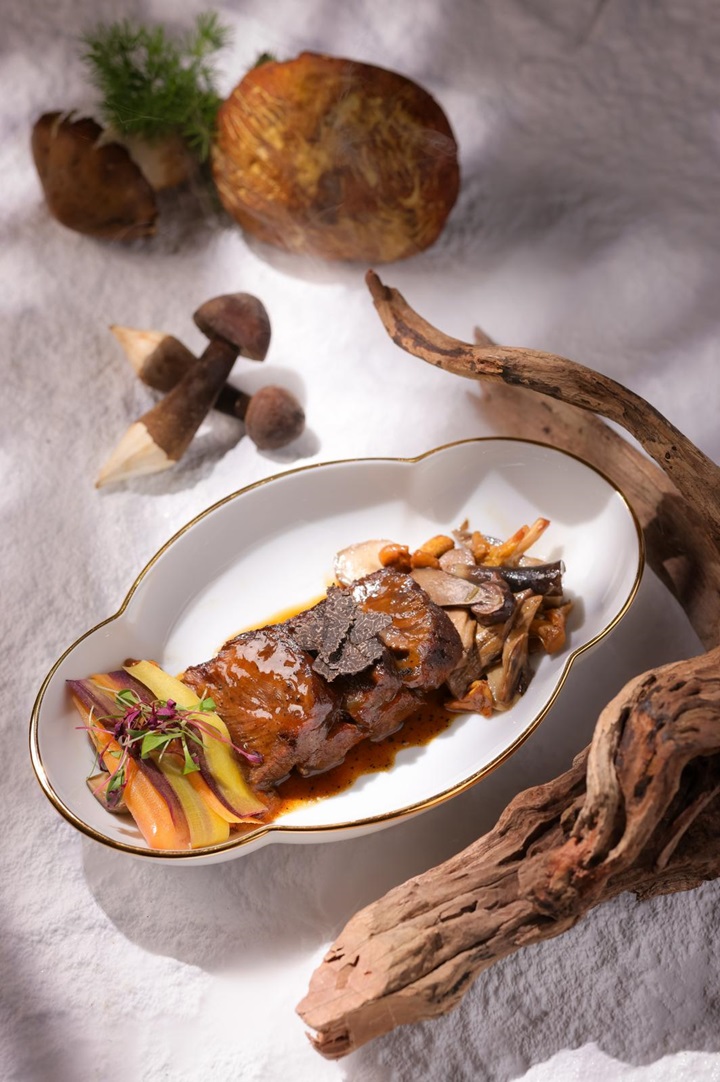
By the late 19th century, Chu Hou sauce became integral to Cantonese braised dishes, particularly beef brisket stew, where its umami depth tenderizes tough cuts of meat. Ho Hung Kee (Causeway Bay) (One MICHELIN Star, MICHELIN Guide Hong Kong & Macau 2025) is one of the noodle shops in Hong Kong that sell Chu Hou sauce braised beef brisket noodles. For a more elevated take, ask for the braised wagyu with Chu Hou paste at Chef Tam’s Seasons (Two MICHELIN Stars, MICHELIN Guide Hong Kong & Macau 2025). (left image: ©Chef Tam's Seasons. Pictured: Braised Wagyu Beef Cheek in Chu Hou Sauce with Yunnan Mushrooms and Truffle)
Further Reading: Bold Leap into Seasonal Innovation: Inspectors Reveal All about Macau’s Two-MICHELIN-Starred Chef Tam's Seasons
Hero image: Shutterstock
Further Reading: The Vanishing Treasures of Cantonese Cuisine and Where to Find Them




